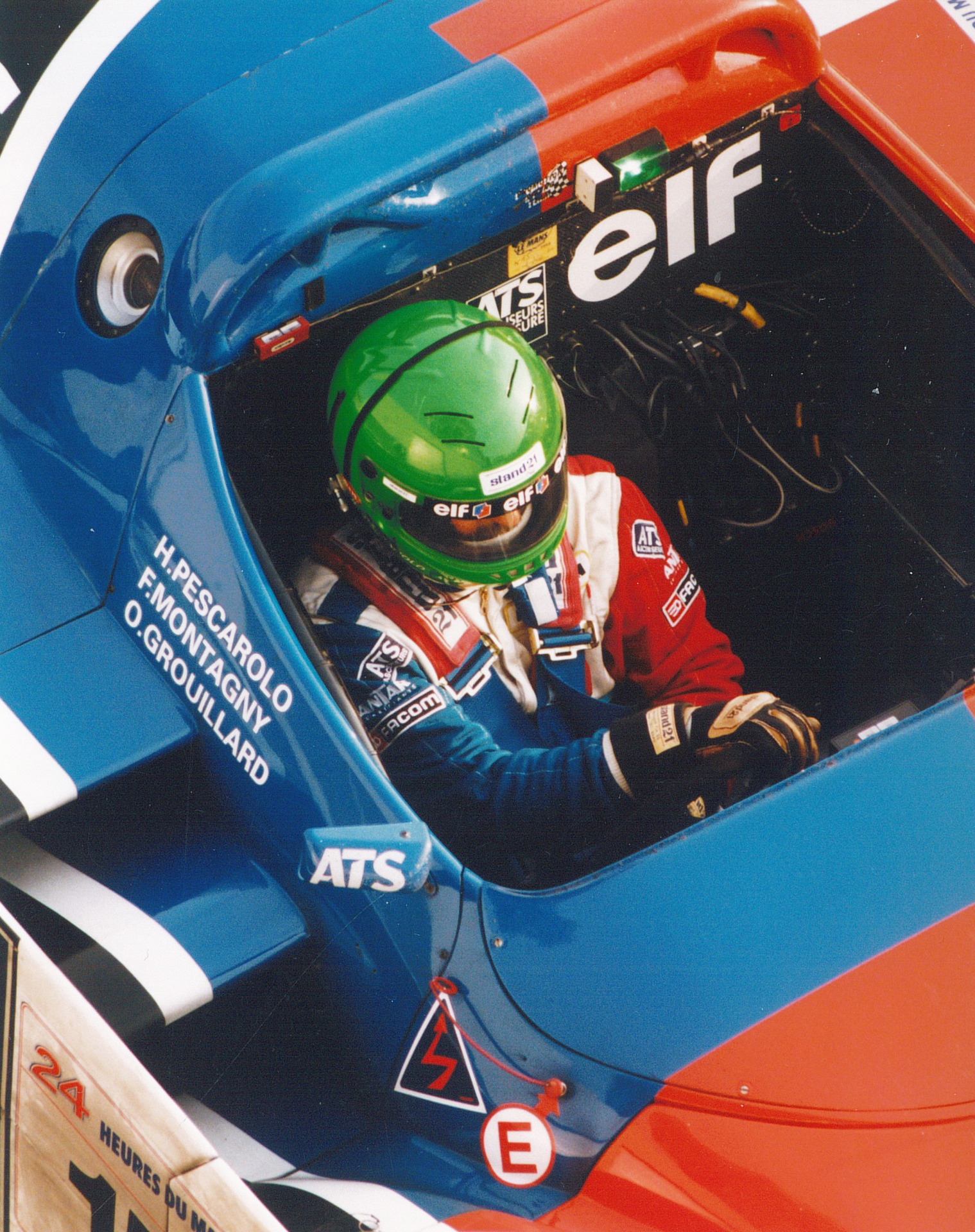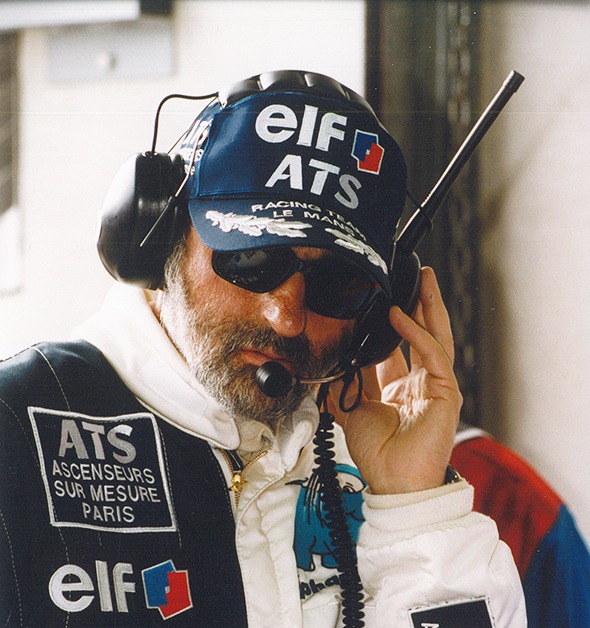
Henri PESCAROLO
A French driver

A legend of the Tricolore
Henri Pescarolo could have become a doctor just like his father. It was behind the wheel of his father's Dauphine that he tasted the joys of motor racing for the first time, on the occasion of the rally of the doctors at La Baule. It was a revelation: All Henri Pescarolo wanted to do was drive!
Achievements and successes
The man in the green helmet is held to be the spearhead of the Le Mans 24 hours race. He can certainly tell a tale or two having taken part in the event thirty-three times. It was on this track that he wrote his legend, sometimes when in pain. In 1968, Henri Pescarolo was resting in his trailer when he learned of his teammate's return to the pits. Race retirement seems inevitable for a windscreen wiper failure. Henri Pescarolo decided to take over and drove all night in downpours. The car had moved up into second place when it was forced to retire with a puncture three hours from the finishing line. "Pesca'" endeared the hearts of the public.
He was close to death during private tests on the Hunaudières back in 1969. For once, he did not participate in the race that year, but provided commentary on it from his hospital bed for Europe 1!
He won for three consecutive years driving a car from the French manufacturer in 1972, 1973 and 1974 when recalled by Matra.
He became the first Frenchman to win the event four times in 1984. He continued to race until 1999, when he ended his racing career after a fine 9th place finish. However his story at Le Mans was not over: the following year he became team boss and even a constructor. While sometimes close to achieving the feat, this adventure is not crowned with success, however the Pescarolo Sport team has managed to falter the ogre Audi.


An accessory inseparable from the driver, its colours or its patterns are a precious way to recognise the man. For Pescarolo, it’s green.
The helmet took a while to become mandatory in the history of the 24 hour race. Drivers would wear the cap during the first few years, and would then wear a leather helmet similar to those worn by aviators. Frenchman Raymond Sommer was one of the first to opt for a hard hat with a visor back in 1933.
The full-face helmet only became the norm in the 1960s.